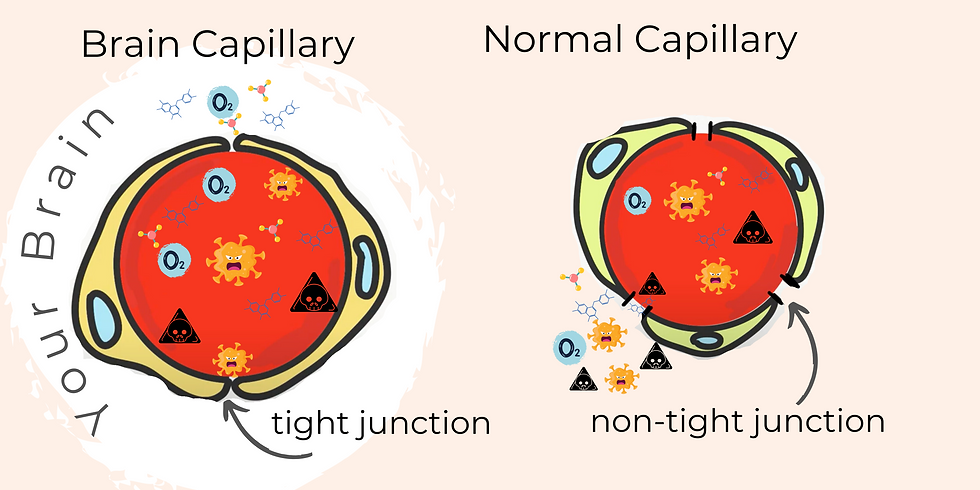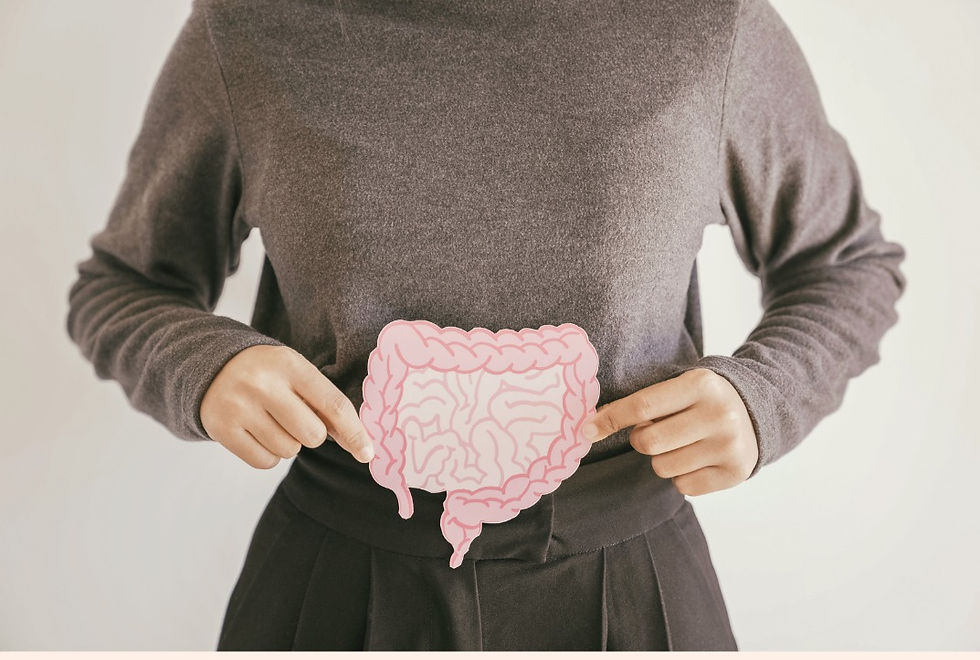A blue mouse and the importance of sleep!
- Tati
- Jan 23, 2024
- 1 min read
Updated: Jan 30, 2024

“Each night, when I go to sleep, I die. And the next morning, when I wake up, I am reborn.”
- Mahatma Gandhi
The Blood-Brain-Barrier
The blood–brain barrier was discovered in the late 19th century, when the German physician Paul Ehrlich injected a dye into the bloodstream of a mouse. To his surprise, the dye infiltrated all tissues except the brain and spinal cord. While this showed that a barrier existed between brain and blood, it wasn’t until the 1960s researchers could use microscopes powerful enough to determine the physical layer of the blood–brain barrier.
They found that capillaries that form the blood–brain barrier, are wedged extremely close to each other, forming so-called tight junctions, that will only let pass:
small molecules // oxygen // hormones // glucose // amino acids




Comments